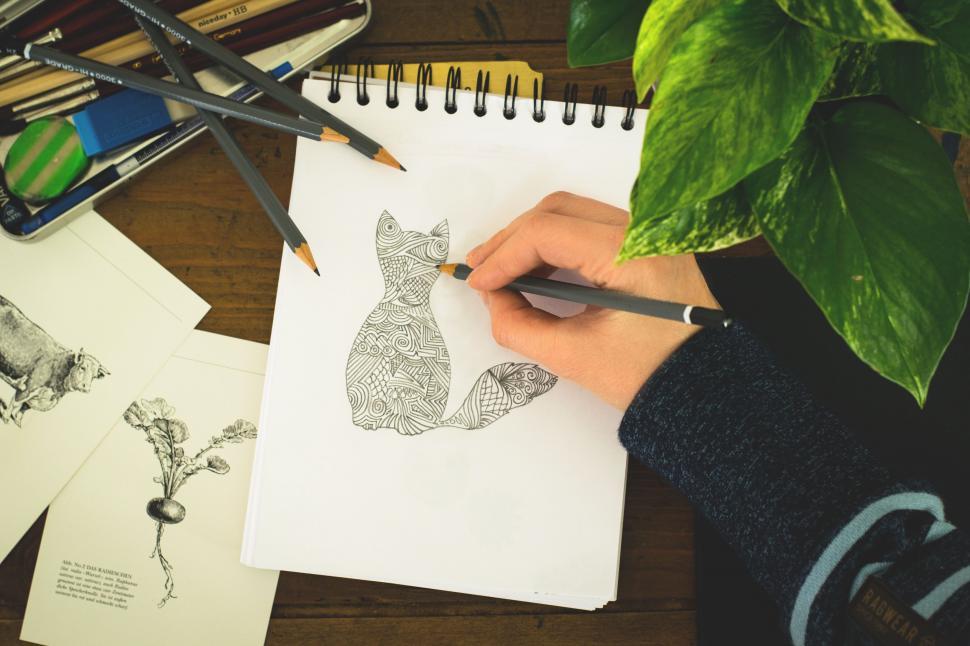Did you know that cats have over 30 muscles controlling their ears alone? This intricate anatomy allows them to express a wide range of emotions, making them fascinating subjects to sketch. By understanding a cat’s anatomy and focusing on the subtle shifts in their posture and expressions, you can take your drawings from simple outlines to dynamic, lifelike representations. But how do you capture their unique essence on paper? Let’s dive into the techniques and knowledge that will deepen your understanding of feline artistry.
Understanding Cat Anatomy
To draw cats accurately, it’s essential to understand their anatomy, which includes everything from their agile limbs to their expressive tails. Knowing the feline skeletal structure allows you to visualize how their bones support movement, while understanding the muscle groups helps you depict their strength and flexibility.
This foundational knowledge will enable you to create more realistic, dynamic sketches that truly reflect the grace and agility of these animals.
Techniques for Capturing Expressions
Cats are masters of subtle expression, and their emotions are often conveyed through small changes in their eyes, ears, and body language. To capture a cat’s personality, observe these details closely—a slight twitch of the ear or the widening of their pupils can say a lot about their mood.
Pay close attention to their facial features and emotional cues, as these elements can transform a simple sketch into a vivid portrayal of your cat’s unique character.
Exploring Different Artistic Styles
Experimenting with various artistic styles can breathe new life into your cat drawings, allowing you to express their personality in different ways. Whether you prefer abstract interpretations for a modern feel or want to incorporate cultural symbolism, each style brings a fresh perspective to your artwork.
Exploring different approaches not only enhances your creativity but also helps you connect more deeply with the subject, allowing you to capture the essence of your feline friends in exciting and vibrant ways.
Tips for Drawing Realistic Fur
Creating lifelike fur can add depth and texture to your cat sketches. Start by layering your strokes, using different pencil pressures to replicate the various textures of a cat’s coat. Focus on the direction of the fur, and don’t hesitate to blend colors to create warmth and depth.
The more attention you give to the nuances of fur, the more realistic and textured your drawings will become.
Conclusion
Mastering the art of Drawing:Vpier3s64be= Cats is like finding the perfect recipe to capture their essence. By understanding their anatomy, focusing on their fleeting expressions, and experimenting with different artistic styles, you can bring your feline subjects to life on paper.
Remember, practice makes perfect! So grab your sketchbook and pencil, unleash your creativity, and let those artistic whiskers guide you. Who knows—you might just create the next masterpiece that will make even the greats swoon!



